Valves are useful pieces of equipment that help control, limit, and shut off flow in a system. In a food process system, you could use valves to control when different foods get cleaned. Let’s know about the basic information about Actuators, Fittings, and Valves.
Actuators
Actuators can be defined as the means of operating the valve that depends on the basic kind of valve. Before choosing a butterfly valve actuator the factors that should be taken into consideration are the size of the valve, its location, and function in a system, frequency of operation, as well as the degree of control desired. A few general types of actuation is gear, hand, chainwheel, spring, lever, motor, servo, solenoid, gravity, pressure and flow rate of the fluid media, etc. Generally, a specific type of valve is limited in its operation. For example, the actuators like relief and safety valves are spring actuated, while the check valves are spring or gravity actuated, however, high-pressure globe valves are usually actuated by motors, chainwheels, etc.

Valves
The valve to be used usually determined by the desired closure member. On the other hand, the selection of a sanitary valve type will typically determine the type of closure member. Some examples of the common closure members are like a ball, gate, disc, plug as well as pop.
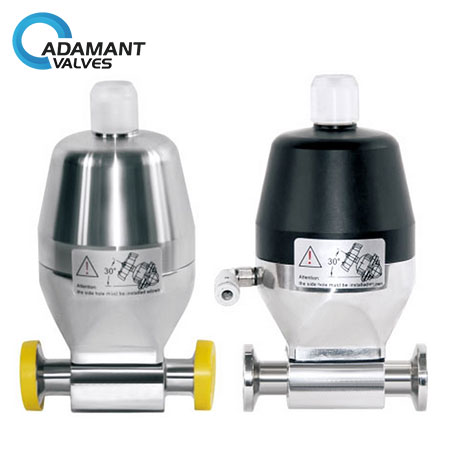
Fittings
The end fitting is quite important for a valve. The kind of end sanitary fittings to be specific for a valve is usually determined by the quality of the piping system into which it must be inserted. A few most common fittings are like brazing end, compression, butt weld ends, flange, flared, hub ends, hose ends, pipe thread, socket, quick disconnect, and solder end. It is wise to use for high pressure as well as high-temperature conditions. The threaded fitting should be considered mostly.
The nature of the fluid to be carried like the operating pressure, temperature, various kind of closure member, seat along with the aspects like weight, cost, etc determine the material selected for valve trim. To deal with high-pressure service and/or high temperatures always consider numerous kind of nickel alloys, steels, titanium alloys or comparable materials of greater strength. while the control of corrosive liquids and gases calls for the metal like nickel alloys, stainless steels, ceramic materials, and various plastics. However, the steam service believes bronze, cast iron steel, and similar metals. and lastly, the nuclear valves call for titanium, special steels and other alloys developed particularly for this type of services. Among all the cases stern use conditions, the producer literature should be consulted to find out the suitability of an exacting valve.
Valve seats
The different type of valves has different valve seats. Those may differ in material, geometry, rigidity, etc. The conical valve seats can provide a wide sealing surface which minimizes wire drawing. For narrow sealing surface, a conical seat is the most desirable type to provide very tight sealing at low pressures. Where spherical or ball seats have almost the same characteristics as a conical seat. But, they are expensive to produce. Moreover, flat seats are used commonly in valves that need not be leak tight as they usually do not seal completely at low pressures.
For more information, please visit http://www.adamantvalves.com/
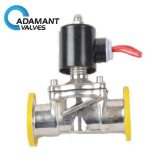
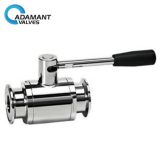
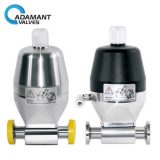

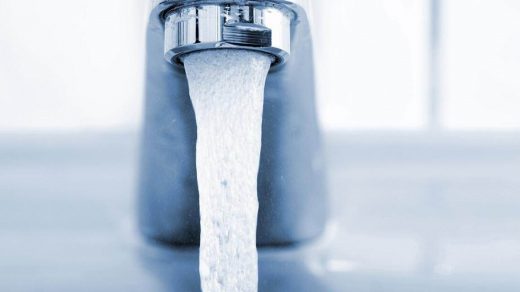

Recent Comments